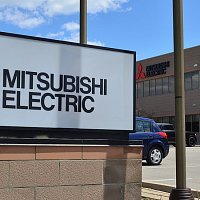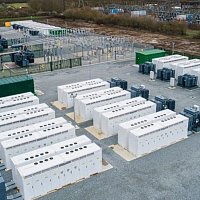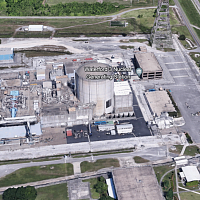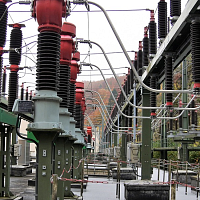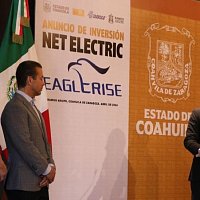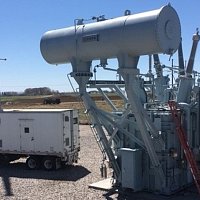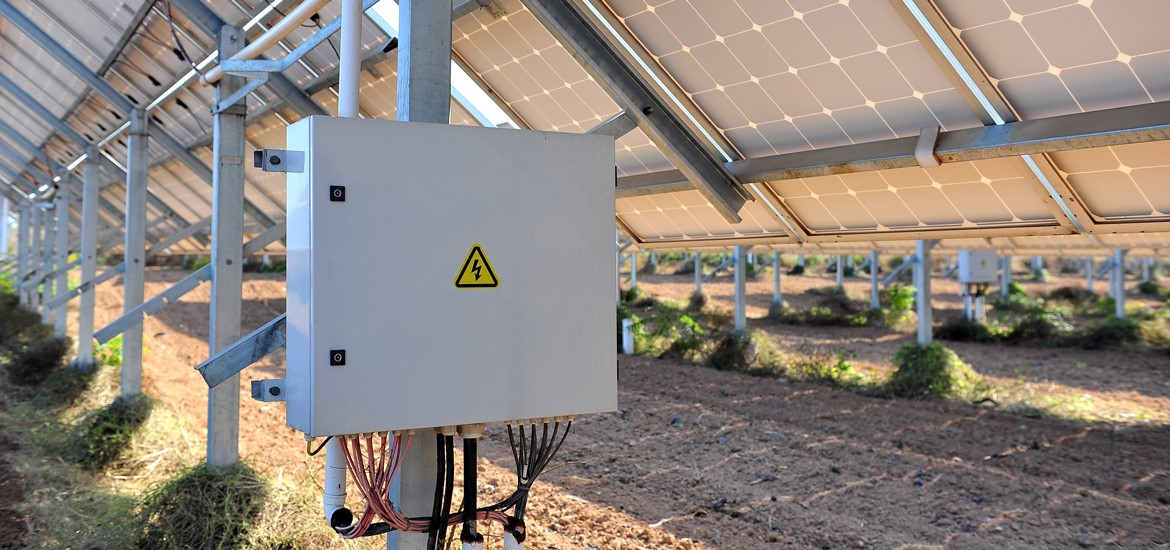
SUBSTATION COMPONENTS PROTECTION
In February of 2021, winter storm Uri swept across northern and central Texas, creating a major power crisis that left 10 million without power, an estimated $130 billion in damages and hundreds of lives lost.
While weather-related events like storm Uri are the leading cause of power blackouts, they are far from the only ones.
Equipment failures are another major cause of outages due to their exposure to extreme elements and wear from decades of service in the field. Corrosion on metal components is often at the root of these failures.
In February of 2021, winter storm Uri swept across northern and central Texas, creating a major power crisis that left 10 million without power, an estimated $130 billion in damages and hundreds of lives lost.
The severity of that ice storm and the domino effect that it had on medical, transportation, communication, and other critical systems was a costly reminder of the hazards that can accompany disruptions in power operations. The impact of that storm is still being felt today, particularly in the chemical manufacturing supply chain.
While weather-related events like storm Uri are the leading cause of power blackouts, they are far from the only ones.
Equipment failures are another major cause of outages due to their exposure to extreme elements and wear from decades of service in the field. Corrosion on metal components is often at the root of these failures.
In fact, the estimated cost of corrosion-related issues in the energy industry is estimated to be around $17 billion. Manufacturers bear a significant portion of this expense.
For makers of transformers, switchgear, insulators and conductors used to generate, transmit and distribute power, safeguarding these mission-critical parts not only helps to keep electricity flowing, but also protects their businesses and their brands.
The right coating system that offers durability and resilience at every layer of protection—from pretreatment through finish coat—can extend the service life of the part and reduce the risk of coatings-related failures of substation components.
Protecting the Most Valuable Components
Regardless of the type of electrical substation—transmission, distribution, converting, and switching—each houses a complex array of equipment and power systems.
Often, the emphasis is on protecting sensitive instrumentation and controls within these substations but protecting the metal that houses them is crucial to keep them reliable and operational.
The right coating system that offers durability and resilience at every layer of protection—from pretreatment through finish coat—can extend the service life of the part and reduce the risk of coatings-related failures of substation components.
Among the most important—and expensive—components within any substation are the transformers. These essential players are responsible for the widespread distribution of power, managing both high and low voltage electricity. How well they are constructed, maintained and protected are key factors in their long-term operational performance and endurance.
Corrosion: Public Enemy #1
Considering their decades of service in extreme weather conditions, less robust coatings systems can—and do—lead to impairments and disruptions in power services.
When it comes to transformers and all other metal elements in a substation, corrosion is public enemy number one and corrosion prevention is the top line of defense.
Metal electrical equipment components corrode for any number of reasons. Some factors include the intersection of two metals with different corrosion thresholds, or factors such as continuous or repeated exposure to high temperatures and humidity from decades in the field, damaging pH (acid) levels, electrolytes, chemicals and ultraviolet rays from sunlight.
The Importance of Updated Specifications
Because outdoor equipment like those in a substation have a life expectancy of up to 30 years, many have outdated, less-than-optimal exterior protection. Thanks to continuous innovations, today’s protective coatings are engineered to deliver greater durability, corrosion performance and edge coverage than previous generations.
But even newer equipment in the field can have subpar protection. It’s not uncommon for utility companies to blend old specifications that go back 10, 20 or even 30 years with industry-standard regulations written by IEEE, UL, CSA, and ASTM.
Other times, equipment manufacturers aim to meet the minimum industry performance standards, or they are simply unaware of newer formulations that can elevate the performance of their products since coatings are beyond their core competencies.
Thanks to continuous innovations, today’s protective coatings are engineered to deliver greater durability, corrosion performance and edge coverage than previous generations.
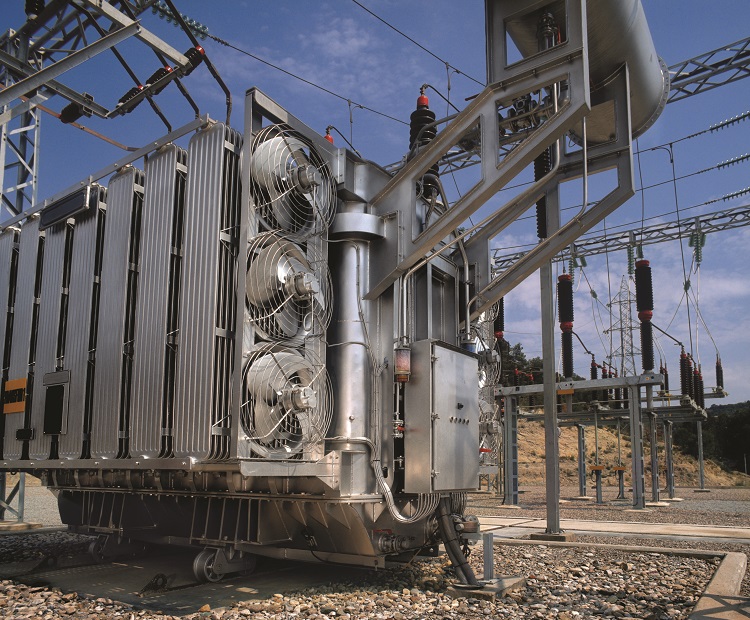
Coatings manufacturers can contribute to the problem by relying on standards dictated by their customer or taking the path of least resistance by continuing with existing solutions instead of exploring more advanced technologies that are proven to perform better in the field.
The end result is that metal components within substations are often more vulnerable and at risk than they need to be.
Picking the Right Protection Solution
One of the best ways to elevate the durability of all the metal-related substation equipment is to periodically review the current coatings technologies that protect them. This practice will help to ensure that manufacturers stay up-to-date on the latest innovations that can maximize the service life of their products.
Selecting the right coating system that utilizes advanced formulations will help transformer, switchgear and other electrical equipment manufacturers outperform competitors, extend the lifecycles of their products and reduce warranty claims.
Building an Ideal Coatings System
Building a great paint specification requires consideration of many variables and needs. For transformers, weather and chemical resistance are primary concerns. For switchgear, complex shapes, insulative characteristics and humidity and heat oxidation are important.
If the goal of a manufacturer is to build next-generation components that exceed performance mandates while protecting their brand reputation, paint specifications should be updated regularly with the following considerations in mind.
Service Environment: It is vital to correlate a device’s expected service environment and life to the testing methodology that most rigorously replicates the performance challenges it will face. This will help to ensure that a product performs reliably throughout its lifetime and may reduce overall maintenance needs.
Exterior Conditions: Most components in power substations are comprised of steel which is vulnerable to extreme fluctuations in temperatures, what is called thermal cycling. Like water, steel expands in higher temperatures and contracts in colder temperatures, creating stress that can damage the substrate.
Using insulative coatings may or may not be ideal based on the climate as they tend to retain heat, which can change the material and mechanical properties of the metal on hotter climates.
Component Shape—Another important criterion for selecting the right coating chemistry is the design of the part. For instance, components with sharp corners, recessed areas or intricate shapes can be finished with coatings that are formulated with high transfer efficiencies and better edge coverage as these areas are the most vulnerable to corrosion.
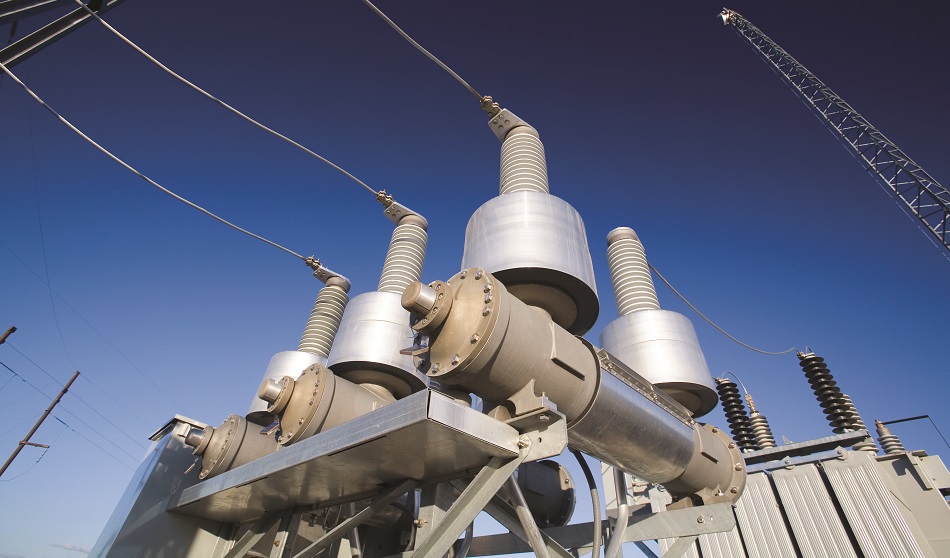
It All Starts with the Specifications
The building block of any great coatings system starts with the right specifications. Here are some important factors to consider when specifying products.
Coating Type—Coating manufacturers offer a variety of resin chemistries to improve resistance to corrosion and UV exposure, including epoxies, polyesters, urethanes and acrylics, as well as hybrid coatings, which incorporate a combination of resin chemistries. Each have their strengths and weaknesses.
For instance, epoxies are ideal for chemical resistance and mechanical properties, but are lacking in UV resistance and weatherability. Polyesters, urethanes and acrylics all offer exceptional weathering characteristics, but each offers a different benefit, such as great physical properties for polyesters; chip, scuff and mar resistance for urethanes; and exceptional surface appearance for acrylics.
Product Codes—Electrical equipment producers should avoid using a specific paint manufacturer’s product code. Codes can be ambiguous or difficult to find, as they often change or may be unique to a specific customer. Instead, detail the specific coatings technology the equipment demands (pretreatment, liquid, powder or electrocoat); then detail the resin chemistry of the desired coating.
Color – Establishing and maintaining a standard color can be challenging. It is important to detail an acceptable range of color variation and use a proven and consistent method for determining that the color of a painted parts falls within specification.
-
Pantone, RAL, Munsell, and ANSI are color-cataloging systems commonly used for these purposes, although some equipment manufacturers choose to create their own in-house standards. Maintaining color standards is a whole separate topic, so it is best to work with a reputable paint manufacturer to understand the intricacies of creating a color standard and how to detail its parameters in the specification.
Gloss – Like the color spec, the gloss range specification can have a big impact on a product’s finished appearance. It is important to provide a specific gloss range in a paint specification, as variations in gloss can cause the same color on a piece of equipment to appear as different shades.
For power industry manufacturers, working with an integrated coatings supplier with expertise in every layer of the coating process can lead to next-level protection performance, as well as improved application efficiencies and cost savings.
Texture –In the electrical industry, some orange peel (minor paint dimpling) in the finish is considered preferable, as it tends to hide flaws and wear well over time. Regardless, standards for texture types and variation should be written into the paint specification.
Product handling and storage – Manufacturers suggest specific rules for handling and storage in their product data sheets, including an acceptable range of temperature exposures and fixed expiration dates to ensure inventory is properly rotated.
Performance – Regulatory standards such as UL or IEEE should be detailed in the paint specification. These standards are written to include a range of acceptable results for products undergoing laboratory-based performance tests, which have been agreed upon by the industry for their ability to mimic real-world performance environments.
Newer generations of powder coatings are available in options that improve first-pass application build rates compared to standard powders, even on complex parts and recessed cavities.
Layers for Lasting Performance
Layering is the key to a more robust protection system for all the metal parts within a substation.
Typical solutions for manufacturers in this space include two-coat systems featuring a primer coat for corrosion protection and topcoat for color, appearance and UV resistance. Other options include one-coat hybrid systems that combine a mixture of resin chemistries to provide an optimal balance of corrosion protection and UV resistance.
For power industry manufacturers, working with an integrated coatings supplier with expertise in every layer of the coating process can lead to next-level protection performance, as well as improved application efficiencies and cost savings.
Electrical Industry Plugging into Powder
Of all the finishing technologies available to industry, including the power sector, powder coating is the fastest growing technology due to its performance, aesthetic and sustainability advantages.
Powder provides excellent corrosion and chemical resistance, but also broader design options than other technologies. It is also considered to be a more sustainable coating platform since powder can be reclaimed and resprayed and requires only compressed air for clean-up. Additionally, powder coatings typically have lower volatile organic compound (VOC) content than their solvent-borne counterparts.
Global efforts to reduce hazardous waste and VOC emissions are key drivers of powder’s growth across industry.
Powder Advantages in Power Applications
Because powder is an electrostatic dry-finishing process that applies charged powder particles to a grounded part, it adheres to all parts of the metal substrate better than its liquid counterparts for more complete coverage.
Edge corrosion is one of the most common challenges for power equipment makers, making powder an attractive technology for metal energy applications.
When parts are painted on the line, a visual inspection typically shows sufficient paint coverage on the edge. However, during the heated cure time, coatings can pull away from the edge, reducing film thickness. This leaves those areas more vulnerable to wear, rust and corrosion.
Equipment design changes can help to minimize the problem, but those can be costly. The alternative is to specify a state-of-the-art coating that is specifically engineered to deliver a higher film build on edges and other hard-to-coat areas.
Some of these coatings also have high transfer technology built into their formulations, which helps to reduce waste during manufacturing.
Selecting an advanced specialized technology will:
- Provide excellent corrosion resistance
- Lower cost per square foot of painted metal
- Ensure color consistency across the equipment
Exceptional Corrosion Protection on Sharp Edges
These “high edge” powder coatings provide even film thickness across the part from flat straight surfaces to seams, corners and sharp edges that are common in metal fabrication. The result is that even the most vulnerable areas of the exposed metal are protected from corrosion, impacts and wear.
Because they are direct-to-metal, fully reclaimable and eliminate the need to finish edges with mechanical edge rounding or blasting equipment, these advanced powder formulas can deliver significant savings in materials, labor, utilities and time.
Better Coverage with Less Powder
Newer generations of powder coatings are available in options that improve first-pass application build rates compared to standard powders, even on complex parts and recessed cavities.
The proprietary polyester formulations penetrate deeply and evenly coat metal parts in recessed areas, on odd shapes and uneven geometrically complex surfaces with a first-pass efficiency rate of 85% or better.
The product design phase is an ideal time for manufacturers to reach out to coatings suppliers to explore next-generation protective solutions that can elevate the looks, resilience and hardiness of their products.
Manufacturers can leverage high transfer efficiency solutions to increase throughput, reduce material waste and improve overall finish quality with more control over cost and quality of the production process.
Compared to standard powder coatings, these formulations can reduce powder consumption by 25-50%, increase line speed by 14%, and reduce curing temperatures by 10%, which lowers overall energy costs.
Keys to Next-Level Protection
Today’s electrical substations are reliable and system-wide outages are uncommon, but costly equipment failures do occur.
While manufacturers can do little to control the impulses of mother nature, they can specify coatings that are engineered to offer the highest levels of protection against the elements and other factors that can degrade the substrate.
The product design phase is an ideal time for manufacturers to reach out to coatings suppliers to explore next-generation protective solutions that can elevate the looks, resilience and hardiness of their products.
Leading providers with a comprehensive range of coatings solutions have laboratory resources that can help to identify the best solutions, based on testing, that can extend a products service life, minimize coatings-related production issues and reduce equipment failures.






